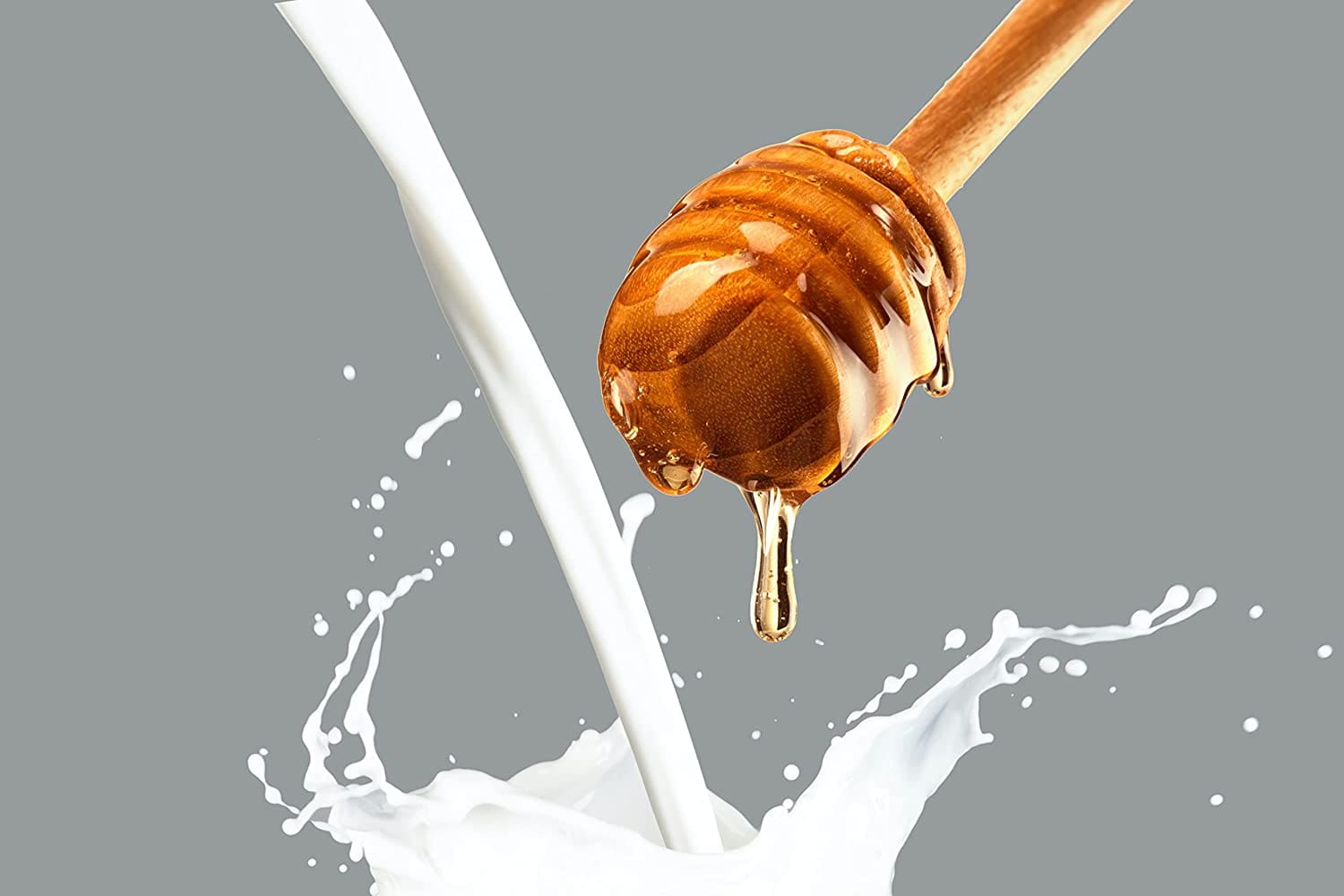Tips & Advice
Which File Should You be Using?
A question we get asked most frequently “is which file should I be using for my nails…”
The first thing we would educate our customers on is what grit is right for your nail and what a grit is.
A grit is exactly what the Oxford Dictionary describes as ‘small loose particles of stone or sand’
Every nail file has a grit strength which indicates how course the grit level is and the number of particles per inch.
Simply put
the lower the grit level number the courser the grit
and
the higher the grit level number the softer the grit
Therefore, 240g is a lot finer than 80g and they both have a very different function within the nail world.
Some files come with dual grit, so 100 on the one side and 180 on the other which is great if you are looking for a course grit to file a harder nail into shape with the 100grit side and then gently smooth with the 180.
Grit Breakdown
Heres a handy guide to know what each grit should be used for:
240grit Nail File
The finest of the grits and especially designed for natural nails.
Uses:
- Shaping the natural nail
- Buffing the top layer of Gel polish so it removes easily after soak off
180grit Zebra straight file
This file is a premium file as it has a cushioned core. The Zebra files also are made from a more durable paper ensuring they last longer.
180g is slightly coarser than the 240grit so uses should be kept to really maintaining your nail enhancements.
Uses:
- Filing down acrylic tips from the free edge (nail edges)
- Shaping nails with any nail enhancement without causing deep scratches – Acrylic, Hard Gels or Fibreglass
- This file can be used to help blend the tip into the natural nail as it is fine enough to not cause damage but coarse enough to help take the plastic down. The file should be kept to the plastic only and not touch the natural nail.
100grit straight file
The 100grit nail file is for enhancement work only as this file is quite coarse in comparison to the 180g and the 240g.
Uses:
- Taking down length from your enhancements.
- Removal of hard gel or debulking your acrylic nails. We really recommend this is left to your nail technician to remove safely however we also would like our customers who just want to file down to know which file is the best to do this.
This file needs to be kept away from the natural nail as damage can occur if not cautious. If using this file to remove product, remember to start with this file and then swap to a lower grit once the bulk has been removed.
Straight, Boomerang or Angle?
Which shape file you go for is purely preferential!
A Straight file gives the edge when you are wanting to create sharp lines and contours in the nail.
The Boomerang is a favourite if you need to get into the delicate edges of the nail – especially if you have nails that curve inwa rds.
The Angle is the premium choice when it comes to working with extreme shapes.
Remember to sanitise…!
Our Tiflon range of files simply mean the paper used on these file variants are sanitiser friendly, so can be sprayed with any sanitiser spray or solution.
We insist our nail technicians use Tiflon files in their salon, as they must sanitise before every use. But it is also recommended for our at home use customers too, nail files trap dirt and bacteria so it is important to change your nail files after every use or invest in a Tiflon file so you can spray a suitable disinfectant spray over it.
And what are blocks for!
Don’t panic!
Blocks are simply four sided files in the shape of a block – the grit levels work exactly the same way, and the range of blocks Cuccio have are so soft up to 400 super soft grit make them perfect for removing ridges from the nail surface especially if you have removed your gel polish yourself or have picked your own gel polish off (we know everyone does it!).
They are not really designed to file the edge of nails, they are great for holding securely to smooth down surfaces.


